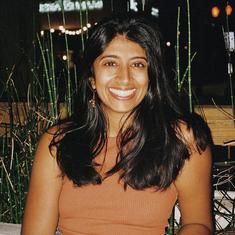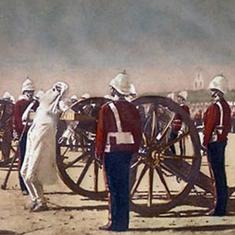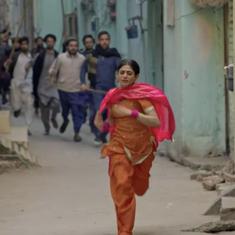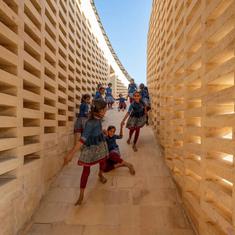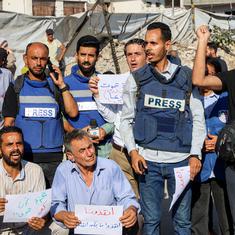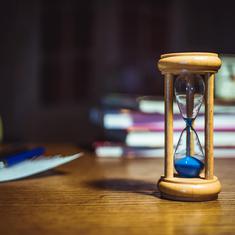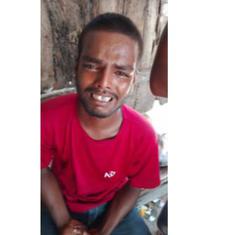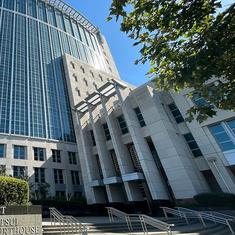There are many contenders vying to win the Coupe Suzanne Lenglen at the 2017 French Open. However, several players among them, such as defending champion Garbine Muguruza, Simona Halep and Caroline Wozniacki are trying to fight past injuries, even as they are racing against time.
Petra Kvitova is making a comeback to tennis after she was brutally attacked at her home in Prostejov in December 2016, with the assailant injuring the fingers of her playing hand. This is, then, a shift from this monotony of woes despite that the Czech is not among the favourites to win the title.
A fitting fight to the finish: In a new beginning
“I have already won my biggest fight,” remarked the former world No 2, grinning ear-to-ear, while addressing the media on Friday after the release of the draw. “Not many people believed that I can play tennis again.”
Happy as she was to have finally made it back, she was also not understating the extent of the scarring – both physical and psychological – she had to face and overcome while trying to get back to tennis, almost a month ahead of the six-month cutoff given by her doctors for her to fully heal and recuperate.
Her determination to rejoin the sport is further justified when considering the reciprocity of the sport – and those involved in it – for her love and commitment for it.
“I felt like the tennis was taken away from me, and it wasn’t my decision,” said Kvitova, who also admitted that she had a lot of newer perspectives to absorb. “Suddenly, I couldn’t do what I love. I see life a little bit from a different angle now. And I’m really looking forward to my match. When I watched [tennis] on TV, I didn’t really feel great.”
In a way, her decision to play at Roland Garros is also about defiance – of not wanting her attacker to win, in spite of the freaky way in which her career stalled, before her own eyes. And by no means was it easy to achieve.
“I didn’t sleep well the days after, but I wasn’t really staying alone,” Kvitova said about her frame of mind in the immediate aftermath of the attack. “I have been always with my family or with my coaches or with friends, which I need to say thank you to them, because they were incredible, and they still are.”
She also went on to add that she has had become more wary of her surroundings since the attack. “From the beginning, I was feeling weird when I went in the city or somewhere. I was always staring at the guys and looking if there are strangers there. But with time, it’s better. But, of course, I’m more actively watching the people around me.”
The French Open: More than a token sign
In Paris though, Kvitova is face-to-face with familiar opponents and a long-missed roadmap, in the form of the 128-women draw.
A semi-finalist at the 2012 French Open, the two-time former Major champion has been grouped in the top-half and in the same quarter as the world No 1 Angelique Kerber, who she could end up facing in the fourth round. But, first things first, in the form of the opening round matchup against American Julia Boserup on Sunday.
Irrespective of the expectancy surrounding her return, in realistic terms, Kvitova is treating her playing the French Open as nothing but a preliminary step to lead onto the other important tournaments in the year.
She restarted her training in January 2017, adding on to her module, while continuing to monitor the condition of the readiness of her injured fingers with her coaching team and her doctor.
“When everything happened and we had a kind of plan for future, I was, like, ‘Okay, it will be so nice if I can play Wimbledon.’ Then when the things were even better, I was, like, ‘Wow, the French Open is one month before. It will be great to play there,’” Kvitova explained about her decision to play at Roland Garros. “I have to start somewhere. I know it’s a Grand Slam, but it’s good practice. And when I will step on the court it will be something different compared to anything.”
